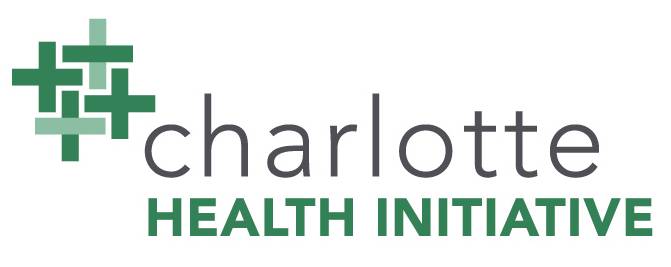What Is HIV?
HIV or Human Immunodeficiency Virus (HIV) is a sexually transmitted infection (STI) that is the direct cause of AIDS. AIDS, or acquired immunodeficiency syndrome, is most commonly transmitted through the exchange of blood, while breastfeeding, or during childbirth. If untreated cases, patients with HIV will inevitably develop into AIDS within 8 to 10 years, ultimately resulting in death as the immune system collapses. While there is still no definitive cure for HIV/AID, modern treatments are able to prevent the transition from HIV to AIDS indefinitely.
How Is HIV/AIDS Diagnosed?
HIV is diagnosed through testing the saliva or blood for the presence of antigens, antibodies, or the virus itself. Which test is used is determined by how long it has been since the patient believes they were exposed to HIV and other factors to be determined by a physician. The three most common tests include:
- Antigen/Antibody Tests – These tests typically involve a blood draw and are looking for substances found on the outer shell of HIV known as antigens. This test checks for these antigens in your bloodstream.
- Antibody – Your immune system produces antibodies when it comes in contact with HIV, and the test is usually effective between two to six weeks following exposure. These tests typically become effective within 3 to 12 weeks following exposure.
- Nucleic Acid Tests (NATs) – These tests are specifically looking for the presence of the virus within the bloodstream. Like the above tests, they typically involve drawing blood and are sensitive enough to detect the virus within a few weeks of being exposed.
It’s important to know that these tests typically require follow-up tests to be considered conclusive, especially in cases where the first test shows up negative.
